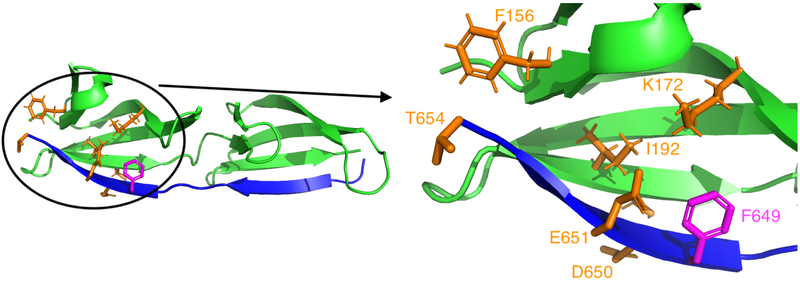Figure 6: Setup for the Python-scripted BBK*36 design described in Fig. 5.
This design starts with the crystal structure (PDB ID: 2RL050) of a complex between fragments of the protein FnBPA from Staphylococcus aureus (blue ribbons) and human fibronectin (green ribbons), and optimizes binding with respect to the amino acid type of FnBPA residue 649 (magenta), while modeling continuous flexibility in several surrounding sidechains (orange). The full complex is shown on the left, while the region surrounding the mutation is shown in detail on the right. See Ref. 36 for background on the FnBPA:fibronectin system.

